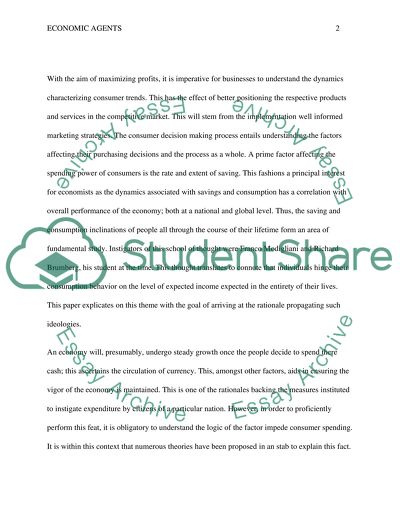Cite this document
(“Consumption and Saving Propensity Levels of Different Groups Essay”, n.d.)
Consumption and Saving Propensity Levels of Different Groups Essay. Retrieved from https://studentshare.org/macro-microeconomics/1468109-consumption-and-saving-propensity-levels-of-different-groups
Consumption and Saving Propensity Levels of Different Groups Essay. Retrieved from https://studentshare.org/macro-microeconomics/1468109-consumption-and-saving-propensity-levels-of-different-groups
(Consumption and Saving Propensity Levels of Different Groups Essay)
Consumption and Saving Propensity Levels of Different Groups Essay. https://studentshare.org/macro-microeconomics/1468109-consumption-and-saving-propensity-levels-of-different-groups.
Consumption and Saving Propensity Levels of Different Groups Essay. https://studentshare.org/macro-microeconomics/1468109-consumption-and-saving-propensity-levels-of-different-groups.
“Consumption and Saving Propensity Levels of Different Groups Essay”, n.d. https://studentshare.org/macro-microeconomics/1468109-consumption-and-saving-propensity-levels-of-different-groups.


